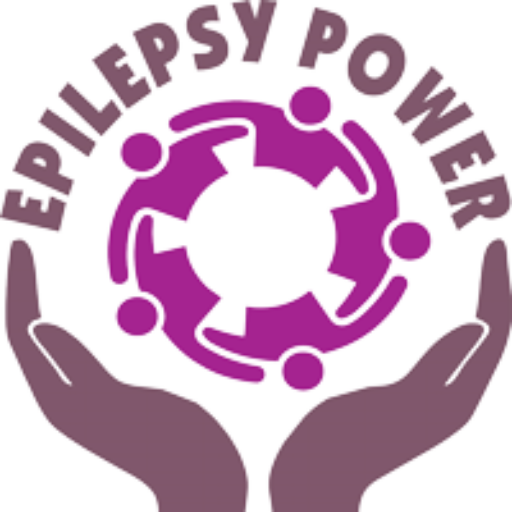- Introduction
- Section 1: Understanding the nature of epilepsy and recognizing potential triggers.
- Section 2: Challenges faced by people with epilepsy prior to employment
- Section 3: From respecting medical confidentiality to defining and implementing the necessary reasonable accommodations: the key role of the occupational physician
- Section 4: Type of accommodation for people with epilepsy in the workplace.
- Section 5: Ensuring safety in the workplace and creating a plan of action
- Concluding remarks
- Quiz
Total Participants: 1
Testimony from Anna-Louise[1]
“I did the studies I wanted to do, and luckily, I found a very caring school. I was able to become an interior architect. Working for a company didn’t work out. So, I set up my own business over 3 years ago, which allows me to manage my time between work and post-crisis rest. It’s taken me a while to talk to my customers about it, but they’ve taken it on board, and as I can’t drive, they do what’s necessary to make my journeys easier. I’ve found the right balance to pursue my passion.”
[1] Christophe. (2023, 26 juillet). Anna-Louise, 32 ans, épileptique depuis 17 ans, non stabilisée avec une moyenne de 10 crises par an. Epilepsie France. https://www.epilepsie-france.com/anna-louise-32-ans-epileptique-depuis-17-ans-non-stabilisee-avec-une-moyenne-de-10-crises-par-an/
Triggers related to epilepsy are highly individualized and depend on both the person and their job role, emphasizing the need for tailored accommodations. A number of different working conditions can be envisaged, depending on each individual case:
Flexible scheduling : Sleep deprivation, disruption of circadian rhythms, stress, fatigue and social isolation are all aggravating factors for seizures. Night and early morning shifts should be avoided to ensure that people with epilepsy get sufficient rest. Similarly, potential delays in treatment can generate an increased risk of epileptic seizures if medical needs are not met. Allowing flexible working hours or remote working options are relevant accommodations to take account of medical appointments and varying energy levels.
Modified work environment : Another accommodation is to provide a quiet, unstimulating workspace to minimize the risk of seizures triggered by environmental factors such as bright lights or loud noises, and ensure a safe environment. Occupational health services need to visit the premises to discuss accommodations and to create a safe perimeter around the employee’s work space to avoid injury. This may include restructuring the layout of the workspace to minimize injury risk during a seizure, possibly by placing padding on sharp corners or allocating a safe zone where the employee can retreat if they sense an oncoming seizure.
Accommodations must be job-specific. It’s important to be able to design ergonomic workstations and provide adapted tasks that take into account the type of epilepsy. Providing tool equipment such as anti-glare screens, noise-cancelling headphones and reminder apps to help manage work tasks efficiently can also be very useful. Adjusting job responsibilities can also help reduce high-stress tasks or those which can trigger seizures. Employers can consider task-sharing arrangements or redistributing tasks among team members to meet an employee’s needs without compromising productivity.
Epilepsy and its treatments can impact mental health and cognitive functions. People with epilepsy can suffer from comorbid depression and anxiety, highlighting the importance of holistic support frameworks in the workplace. A calm, inclusive work environment conducive to adaptation periods and adapted tasks, accessible psychological support and communication with neurologists can be effective accommodations.
Training and inclusion programs: Providing job training and educational initiatives reduces stigma, empowers PwE, and ensures they are integrated into the workforce effectively. The objective is to educate all employees about epilepsy, including seizure recognition and conduct periodic refresher courses on epilepsy and its impact on employees to keep the workforce informed and prepared.
Here is an interesting video, created by Epilepsy Action, to watch right now: Examples of Reasonable Adjustments at Work for Epilepsy:
https://www.youtube.com/watch?v=praipxWLf9A
Reflective exercise
You are integrating a person with epilepsy into your team and the occupational doctor has drawn up a number of general recommendations to promote the inclusion of this employee. The employee has told you about his disability. Think about what questions you could ask him to adapt his workstation and prevent seizures.
